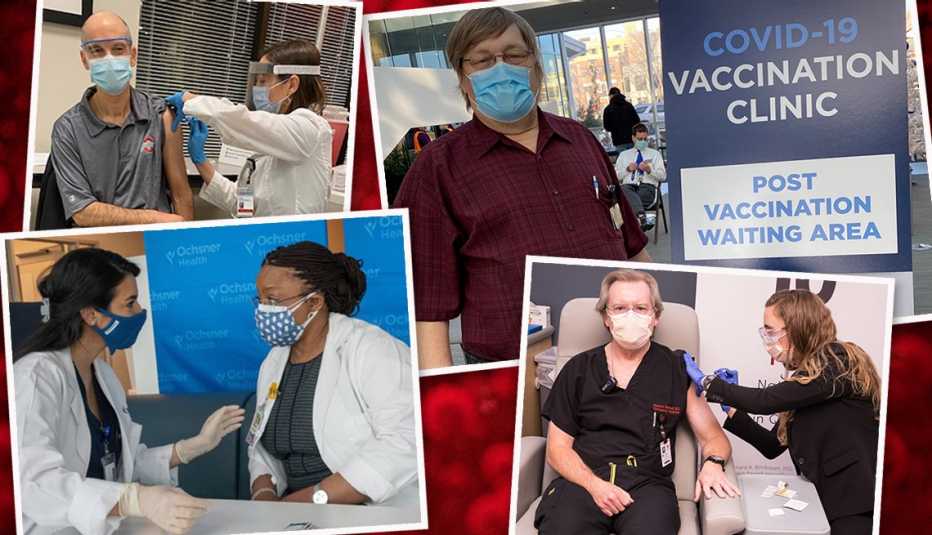Staying Fit
You’re 67 and anxious to get vaccinated against COVID-19. When will you be able to get your shot? That depends on where you live.
If you are 65 or older and live in one of an increasing number of states — from Florida to Texas to Delaware to Ohio — you are now eligible to be vaccinated against the coronavirus. But a majority of states either have decided to follow the federal recommendation that people 75 and older be next to get their shots or have not yet announced an age threshold.


AARP Membership— $12 for your first year when you sign up for Automatic Renewal
Get instant access to members-only products and hundreds of discounts, a free second membership, and a subscription to AARP the Magazine.
The weekend before Christmas, the Advisory Committee on Immunization Practices (ACIP), which advises the Centers for Disease Control and Prevention (CDC) on vaccines, recommended that the next group to be vaccinated, dubbed Phase 1b, be people age 75 and older and frontline essential workers. After those Americans, ACIP suggested, Phase 1c would consist of people over age 65, those with high-risk medical conditions and other essential workers.
“The reason age 75 was chosen was totally practical,” says William Schaffner, epidemiologist and professor of preventive medicine and health policy at Vanderbilt University and a nonvoting ACIP member. “Everybody knew we didn’t have enough vaccine for everybody aged 65 and older.”
Vaccine Priority Groups
Phase 1a (24 million people):
• Health care personnel
• Long-term care facility residents
Phase 1b (49 million people):
• Frontline essential workers
• People 75 and older
Phase 1c (129 million people):
• People ages 65-74
• People ages 16-64 with high-risk conditions
• Other essential workers
Phase 2:
• People 16 and older not in Phase 1
Source: CDC
But Henry Bernstein, a physician at Northwell Health’s Cohen Children’s Medical Center on Long Island, New York, and the only ACIP member to vote against the group’s recommendation, says there shouldn’t be a distinction between people over age 75 and those over age 65 when it comes to prioritizing vaccine delivery.
“There’s no question that people 75 and older have higher morbidity and mortality,” Bernstein says, “but I felt that 65- to 74-year-olds were notably similar. Inclusion of the 65-74-year-old group in Phase 1b made more sense to me. Plus, implementation of this unprecedented, complex national vaccine program would be simplified by doing so.”
In most states, regardless of what age is set for the next group to be vaccinated, older Americans are likely going to have to wait a bit longer to get either the Pfizer-BioNTech or the Moderna vaccine. That’s because the vaccine rollout has been slower than predicted and many health care workers and residents and staff of nursing homes, first in line for vaccines as members of Phase 1a, have yet to get inoculated.
Jennifer Kates, a senior vice president at the Kaiser Family Foundation, says it was clear from the ACIP meeting that this was the toughest decision it has had to make. “It’s unfortunate that rationing in any way was having to happen,” she says.


































































